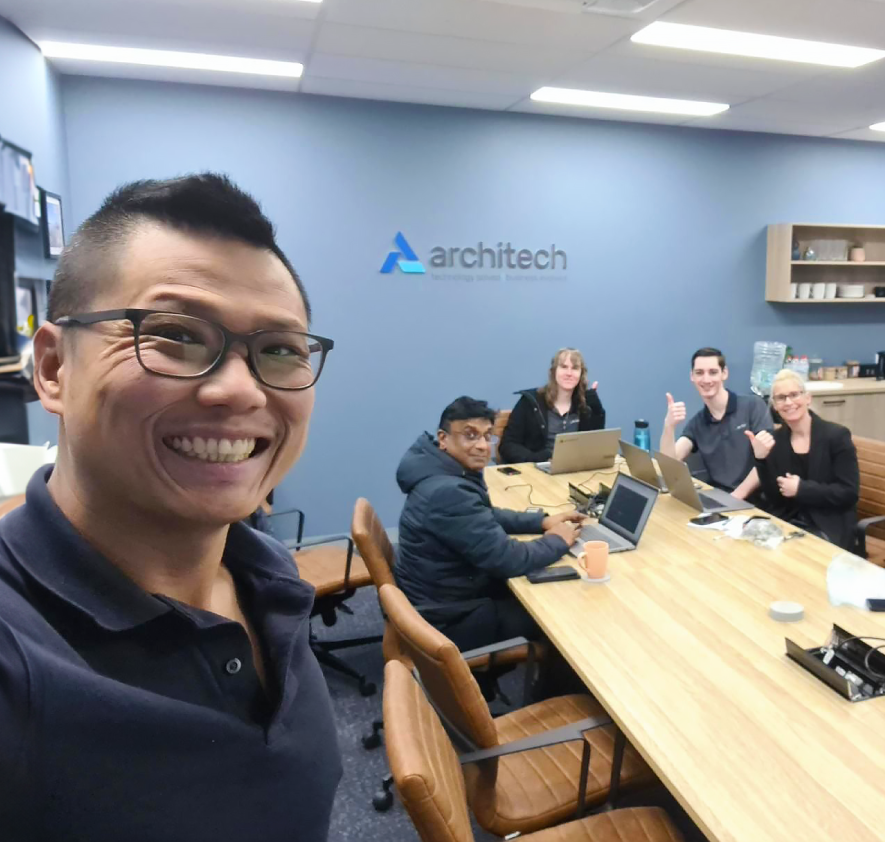In the evolving healthcare landscape, the use of new technology promises to enhance patient care, streamline operations, and drive efficiency. However, the journey from implementation to seamless usage is often riddled with challenges.
New projects represent a significant investment to your organisation and impact the delivery of your day-to-day operations. For example, implementing an electronic medical records system in a hospital or outpatient clinic can cause major disruptions if your organisation isn’t suitably prepared to cope with the impacts on operations, staff, and patient care.
Fortunately, it is possible for your healthcare organisation to not only overcome the challenges you face when deploying new technologies, but to harness new tools to your full potential.
There are three key ways your healthcare organisation can achieve this:
- Seize opportunities for excellence
The initial excitement of new technology can dwindle over time if your organisation fails to properly assess its capabilities. Underutilisation can lead to missed opportunities for enhanced patient outcomes and operational excellence. To address this challenge, you must actively encourage your teams to explore the full spectrum of features and functionalities that these technologies offer. Regular training sessions, workshops, and knowledge-sharing platforms can help ensure that the potential of new tools is consistently explored and utilised to the fullest.
If available, take advantage of your technology provider’s training programs and regular product updates to keep your team informed about the latest developments and best practices. There are always new technology and updates, and the changes could impact the solutions deployed, so it’s important to proactively ask your supplier to provide a glimpse into upcoming healthcare technologies that are poised to revolutionise the industry. Additionally, you should discuss the potential impact of emerging technologies on patient outcomes and healthcare practices.
- Build confidence through seamless implementation
Failed installations and technical glitches can have a significant impact on user confidence and trust in new technology. When healthcare professionals encounter errors or disruptions, they can become hesitant to rely on these systems. It’s important to work closely with your technology provider’s technical team, solutions architect, and service delivery manager to thoroughly test new technologies, and conduct a proof of concept (POC) and/or a pilot program before the new technology is fully rolled out. Doing this ensures you can swiftly address any issues that arise as adjustments can be made as feedback is collected from both users and technical staff and results are analysed. The lessons learned from POCs or pilot programs—including successes, challenges, and best practices—should be documented to provide a valuable resource for continuous learning and future technology installations.
Taking this approach lets you build a foundation of reliability and functionality that instils confidence in your staff and encourages consistent technology use to ensure a seamless implementation process.
- Bridge the knowledge gap with ongoing training and support
Insufficient training or lack of support from the IT team can hinder the effective use of new technology. Knowledge gaps can emerge, preventing healthcare staff from effectively harnessing the benefits of new tools.
Education and training are essential to bridge this gap. When you provide comprehensive training programs and resources that cover both the technical aspects and the practical applications of technology, you can empower your staff to confidently integrate these tools into their workflows. Additionally, by establishing a robust support system—including responsive IT support channels, user-friendly how-to’s, best practices tips, POC documentation, and on-demand webinars—you can empower staff to confidently navigate and use new technology.
Fostering a culture of lifelong learning
By investing in continuous learning and development, you can ensure that your teams remain well-equipped to embrace technological advancements. Working closely with your technology provider on an ongoing training program can help you succeed.
Each healthcare organisation is unique, and a one-size-fits-all approach to training and development won’t always give you the best results. Tailored training programs that address the specific knowledge gaps within your team will ensure that all parties are aligned with the use cases, capabilities, and best practices of the technologies you use every day.
At Connected Health, we understand the critical role that post-deployment training and ongoing education play to help you maximise the use of new technology across your teams. We also understand that your digital transformation journey doesn’t end with the deployment of new technology. Our commitment extends beyond implementationand focuses on equipping healthcare organisations like yours with the tools you need to embrace innovation and maximise your newly deployed technology.
We can help you build new capabilities within your organisation and foster a culture of continuous learning and adaptation. Contact us to find out how we can support your team and maximise your technology investment.
Written by
 William Foong, enablement manager, Connected Health
William Foong, enablement manager, Connected Health

